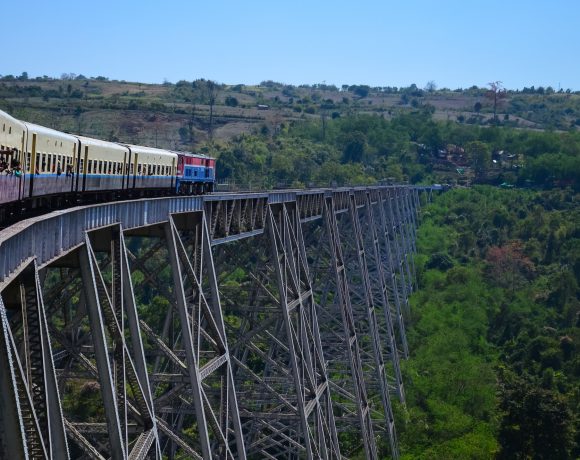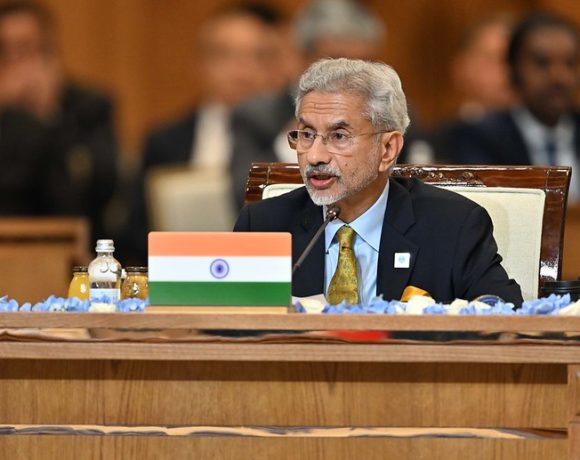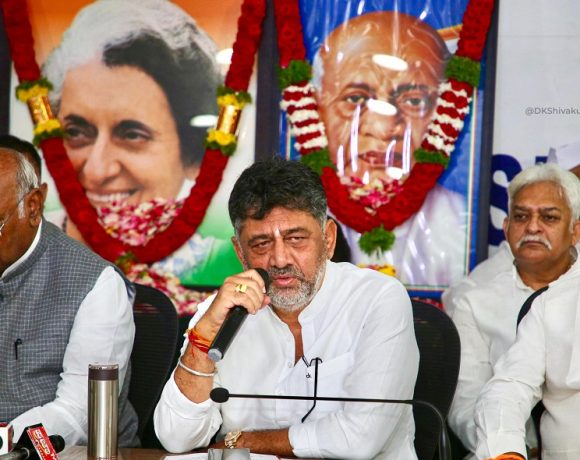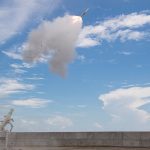
Air India Ahmedabad Crash Toll Rises to 274, Including 33 On-Ground Fatalities
The death toll in the devastating crash of Air India Flight AI171 near Ahmedabad has climbed to 274, making it the deadliest single-aircraft aviation disaster in Indian history. Among the deceased are 33 people who were on the ground, as the aircraft collided with a hostel building near the runway shortly after takeoff.
Deadliest Crash in India’s Aviation History
The Boeing 787-8 Dreamliner, carrying 241 people, was en route from Ahmedabad to London when it crashed less than a minute after takeoff from Sardar Vallabhbhai Patel International Airport on June 12, 2025. The aircraft lost altitude just after reaching around 625 feet, ultimately crashing into the B.J. Medical College hostel complex in Meghani Nagar.
Rescue teams have recovered 29 additional bodies, bringing the confirmed toll to 274. The scene of the impact remains cordoned off as forensic and disaster recovery operations continue.
One Survivor Pulled from Wreckage
Amid the devastation, one survivor, 40-year-old Vishwash Kumar Ramesh, was found alive. A British citizen originally from Daman and Diu, he was seated near an emergency exit and managed to escape the wreckage with serious burn and impact injuries. He is currently undergoing treatment at Civil Hospital in Ahmedabad.
His survival is being described as miraculous, as he reportedly crawled out just moments before the rear section of the aircraft was engulfed in flames.
Black Boxes Recovered, Investigation Underway
Both the flight data recorder and the cockpit voice recorder have been retrieved from the wreckage. A multi-agency investigation is underway, involving India’s Directorate General of Civil Aviation (DGCA), along with technical support from Boeing, GE Aerospace, the UK Air Accidents Investigation Branch, and the U.S. National Transportation Safety Board.
Initial theories suggest a potential technical failure in the aircraft’s takeoff gear or engine systems. The flight path showed an abrupt loss of altitude immediately after liftoff, followed by a nose-down dive.
Nationwide Grounding and Fleet Inspection
Following the crash, the DGCA has ordered immediate maintenance inspections across Air India’s fleet of Boeing 787-8 and 787-9 aircraft, especially those powered by GEnx engines. A partial grounding has also been suggested for aircraft with similar service records to the ill-fated AI171.
Fire services, the Army, NDRF, and paramilitary units remain deployed at the crash site for recovery and safety operations. Civil aviation authorities are working closely with the Air India crisis management team to coordinate support for victims’ families and expedite insurance and compensation mechanisms.
National Mourning and International Attention
Condolences have poured in from across the world. Indian Prime Minister Narendra Modi, who visited the crash site hours after the tragedy, called it a “dark day for Indian aviation.” International leaders and aviation watchdogs have also expressed sympathy while monitoring the unfolding investigation.
Public vigils and prayer services have been held in multiple cities including Delhi, Mumbai, and Kolkata. A memorial is expected to be built at the site of the crash.
With black box data in hand and international experts involved, investigators now face the urgent task of determining how a modern aircraft with a strong safety record could suffer such a catastrophic failure seconds after takeoff. As the country mourns, the spotlight turns to accountability, safety lapses, and how quickly corrective action can be implemented.
Meta Tags:
Air India crash, Ahmedabad disaster, probe updates


















